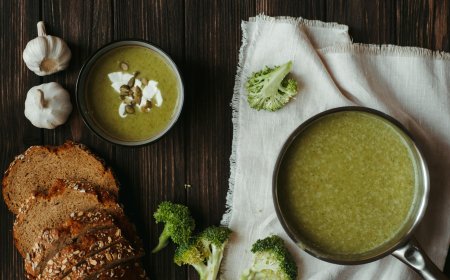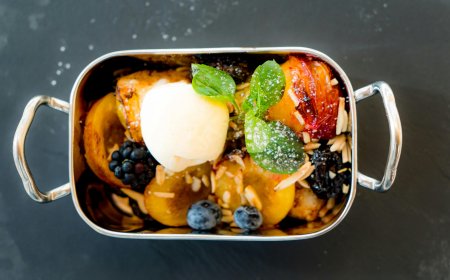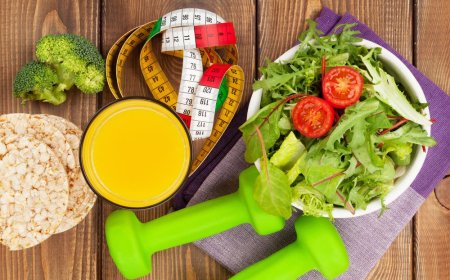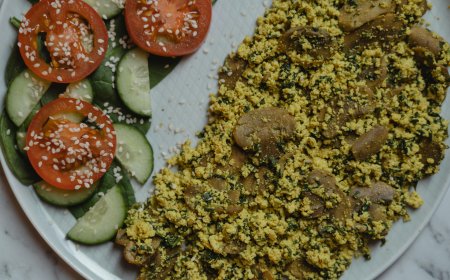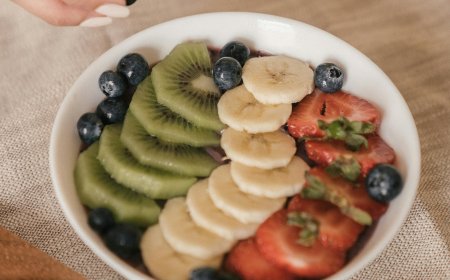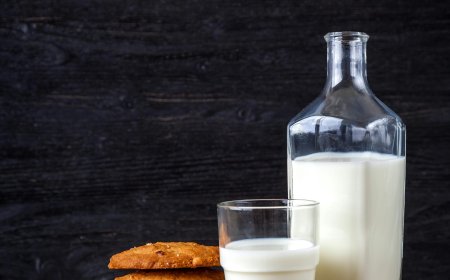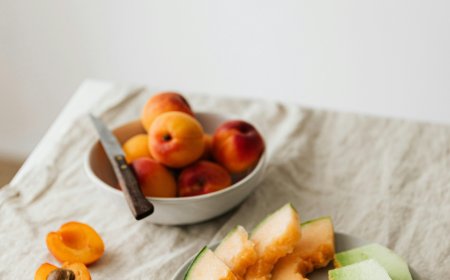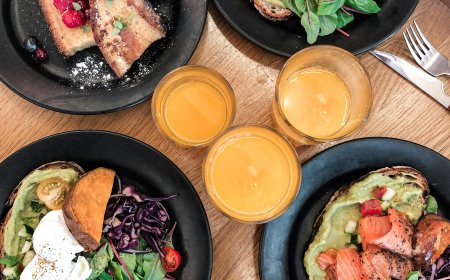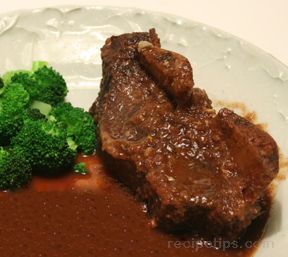MAKE YOUR FAVOURITE FOOD HEALTHIER.
Do you want to cook healthier versions of your favourite recipes without losing the taste? Here are some suggestions to help you modify your favorite meals to include more fiber while lowering the amount of fat, sugar, salt, and calories they contain.

1. Cut down on fats
- If you must fry, use a nice non-stick pan and, if possible, dry fry the food; minced beef dry fries superbly. Use a little cooking spray instead if not.
- Don't add more oil if your food is drying out; instead, add a little water.
- Use fats and oils rich in healthy fats (poly- and mono-unsaturated fats), such as olive oil, but try to use less than the recipe calls for.
2. Cut down on salt
- Salt is typically called for in recipes. Use alternate seasonings like pepper, herbs, spices, lemon juice, vinegar, or mustard in place of salt.
- After sampling the food, let individuals season it on their own; they will likely use less seasoning.
3. Cut down on sugar
- Try baking with less sugar; most cakes will still turn out just fine if you cut the recipe's sugar content in half.
- Without adding sugar, you can make fruit breads, fruit scones, and fruit cakes since the sweetness will come from the dried fruit.
4. Increase fibre
- To add more fiber to meals, swap out white rice, pasta, and bread for brown varieties. You will continue to feel satisfied thanks to this.
- Use a combination of wholemeal and plain flour while baking, such as when creating apple crumble, rather than solely plain white flour.
- To make the top crunchy and to provide more fiber, you can also add porridge oats.Pies should be topped with mashed potatoes rather than crust.
5. Soups and stews
- Skim the fat that accumulates on top of your broth, stew, or soup after allowing the liquid to cool.
- Pulses like peas, beans, and lentils can replace some of the customary fatty meats in stews to reduce calories and fat while increasing fiber.
6. Sauces and dips
- Semi-skimmed and skimmed milk, or low-fat yoghurt, can be used in place of cream, whole milk, and sour cream.
- Greek yoghurt, low-fat yoghurt, and fromage frais can all be substituted for cream, double cream, and Greek yoghurt in dips, hot or cold puddings, and toppings.
- Fresh, skimmed cow's milk cheese known as fromage frais is more akin to natural yoghurt. It should not be used in cooking.
7. Cheese
- Use strong-flavored cheeses in savory meals, such as aged cheddar or blue cheese. Less can be used while still getting the full flavor.
- Use low-fat versions of your favorite foods if the strong flavor of these cheeses offends you.
- Instead of slicing, grated cheese will spread more easily throughout a dish and requires less of it.
Low-fat cream cheese can be used in place of cream cheese.
8. Mayonnaise
- In salads, use low-fat fromage frais or natural yoghurt instead of mayonnaise.
- Even better, use vinaigrette dressings and serve them separately.
- Pick either mayonnaise or butter, not both, while cooking sandwiches.
9. Vegetables
- Use herbs to flavor cooked veggies instead of butter or oil.
- In meals like shepherd's pie, casseroles, and lasagna, substitute vegetables and pulses (peas, beans, and lentils) for some of the meat. For those picky eaters, it is an excellent technique to conceal vegetables.
10. Meat
- Before cooking, trim the fat off the meat and remove the skin from the poultry.
So instead of frying it, bake, grill, microwave, roast, or poach it. - Place the meat on a grill rack when roasting so that the fat may drop out.
- Before adding other ingredients when cooking minced beef, brown it and drain the fat.
What's Your Reaction?
















